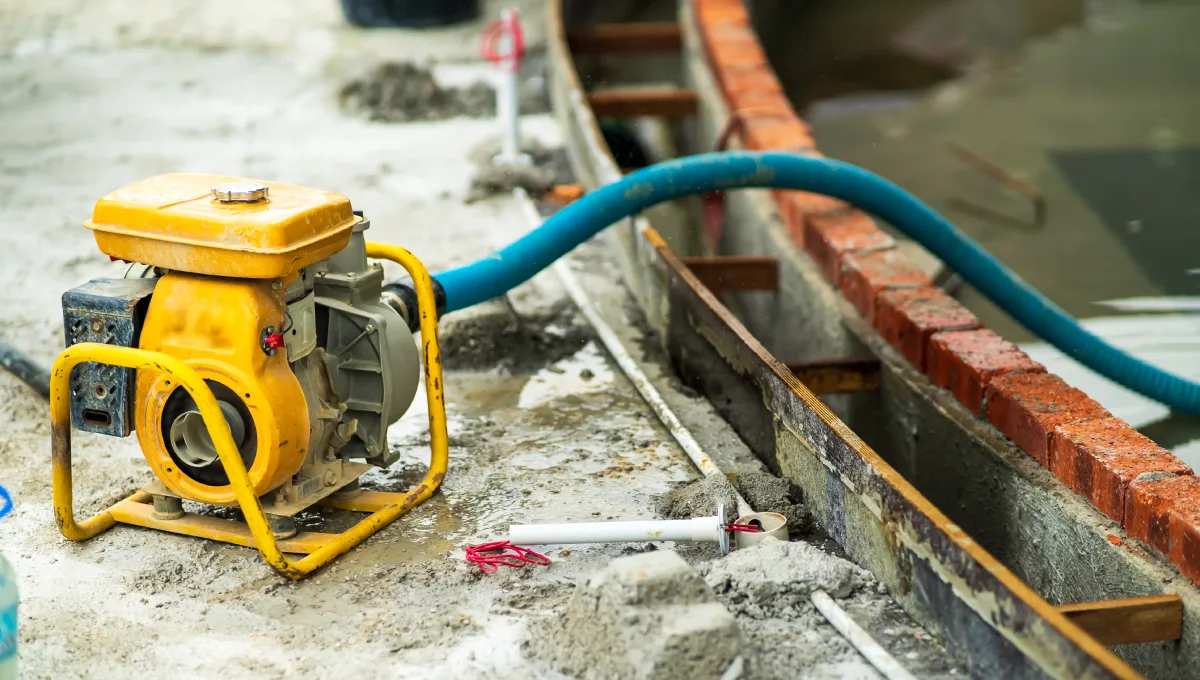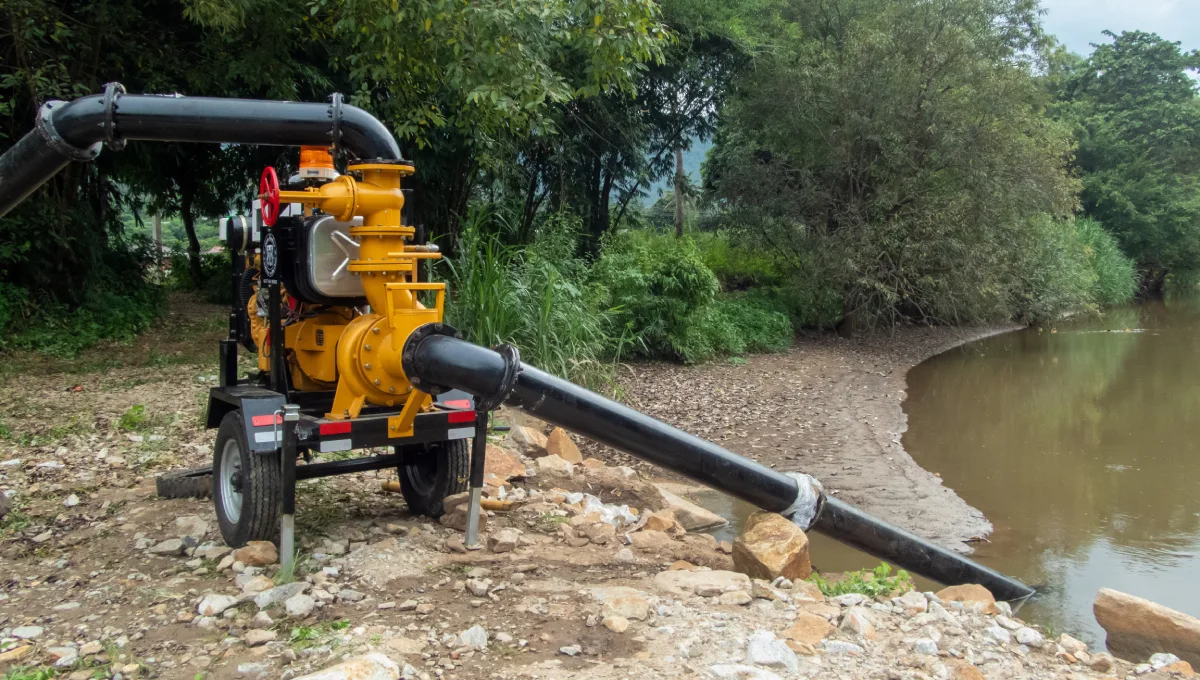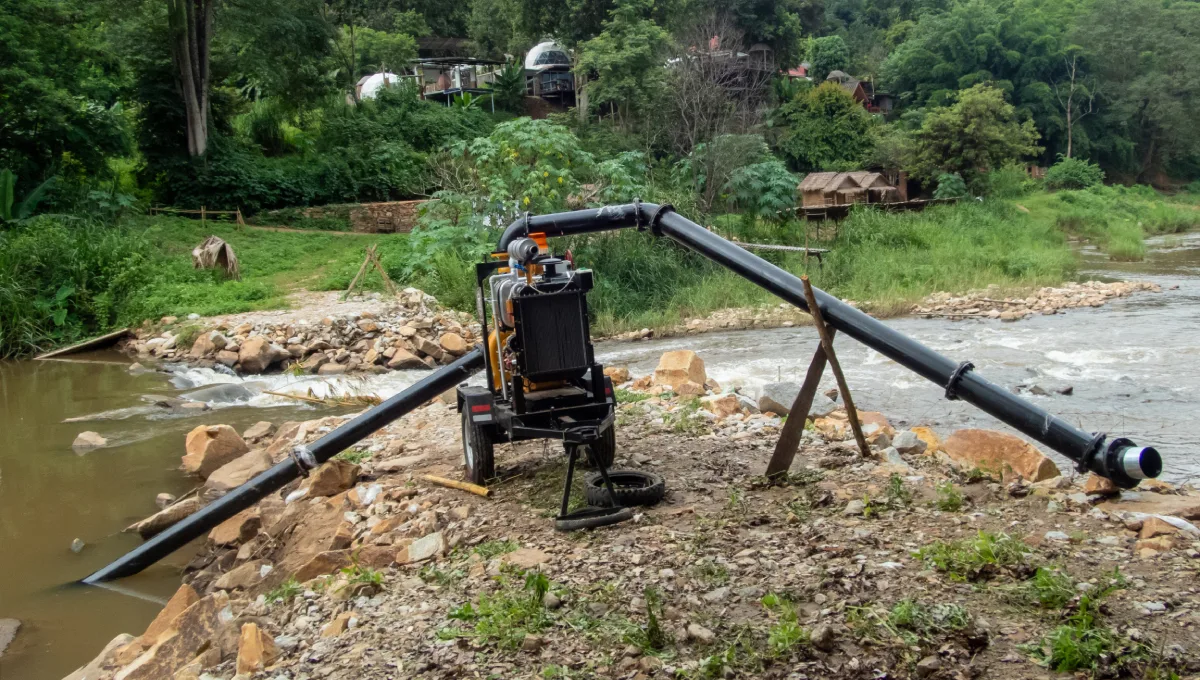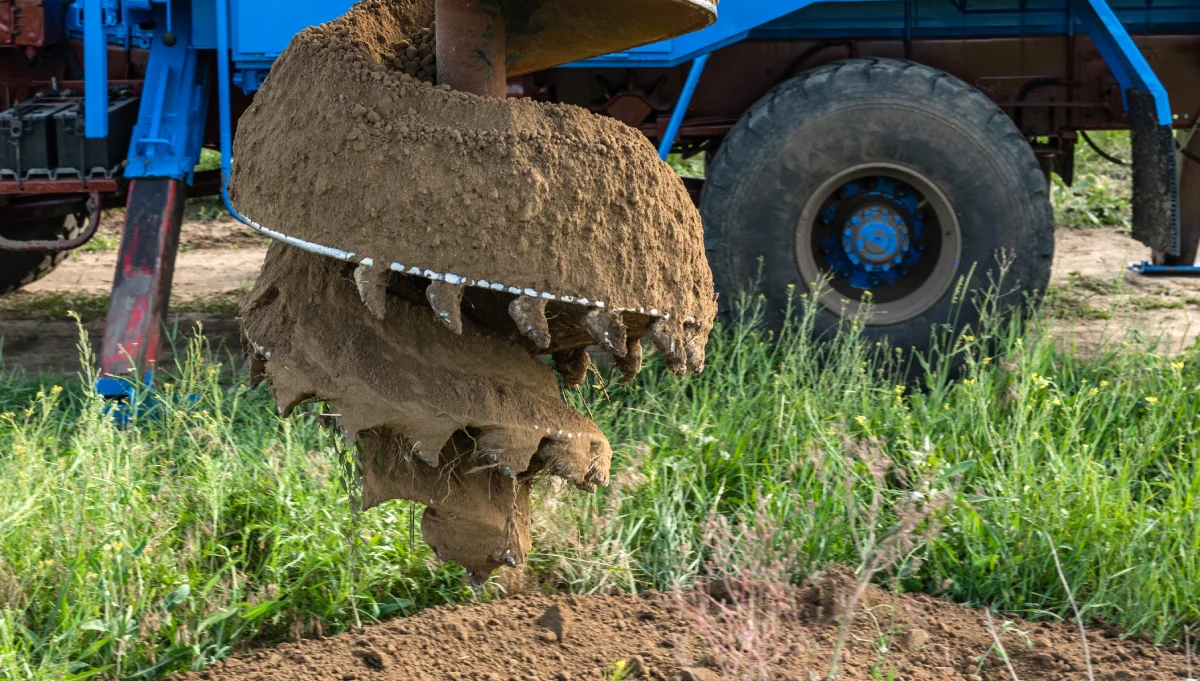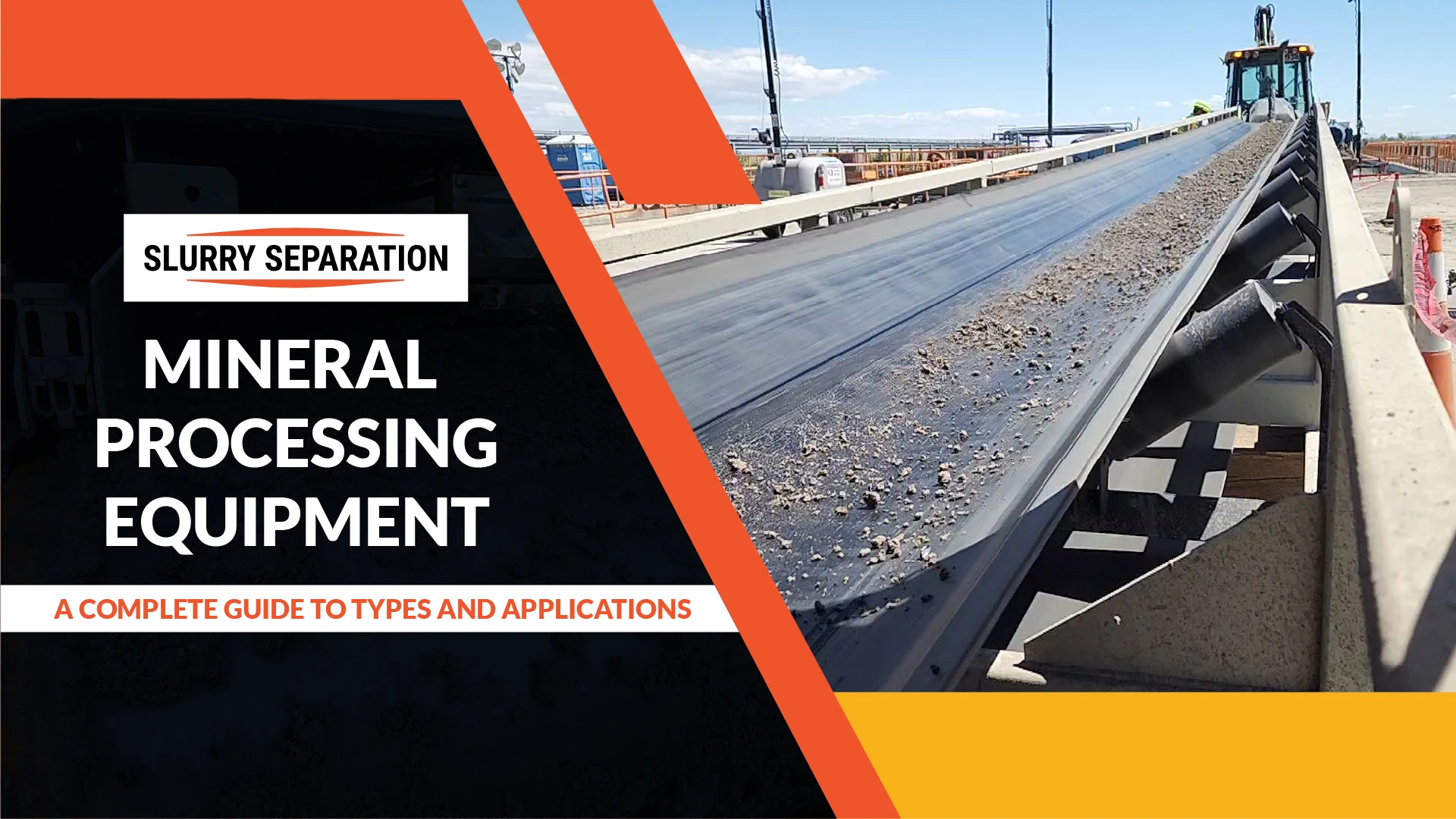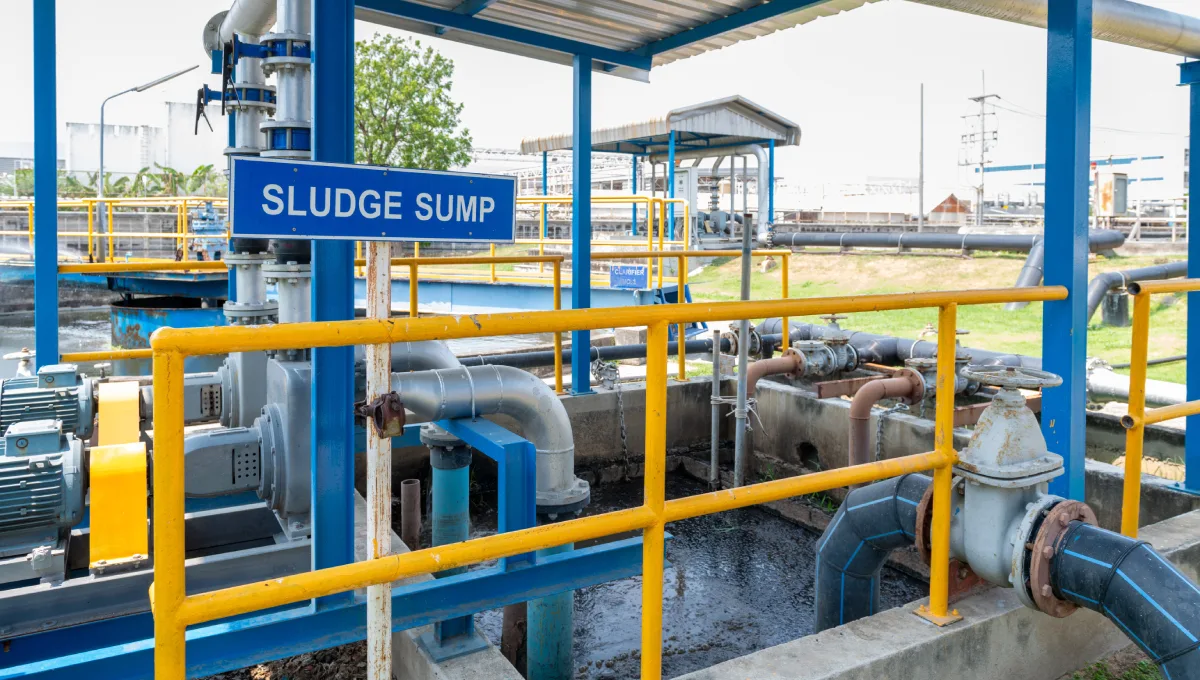Pumps are indispensable in various industries, ensuring the smooth transfer of fluids, gases, and slurries. From manufacturing plants and construction sites to agriculture and wastewater treatment, pumps are integral to maintaining operations. Among the many pump types, the self-priming pump stands out for its unique functionality.
Unlike traditional pumps that require manual priming before use, a self-suction pump can remove air from the suction line and automatically start pumping without needing external priming. This feature is particularly beneficial in applications where air may be present in the suction line or where fluid levels fluctuate.
For example, a self-priming water pump is essential in dewatering applications, where water levels often fluctuate and air can enter the system. Similarly, a self-priming diaphragm pump is ideal for pumping thicker, more viscous liquids or chemicals, making it perfect for industries such as chemical processing and slurry handling.
This blog will provide an in-depth look at how self-priming pumps work, their numerous benefits, and why they are indispensable for certain applications. Whether you’re working with clean water, thick slurry, or chemicals, understanding the function of a self-suction pump will help you choose the right equipment for your specific needs.
What is a Self-Priming Pump?
A self-priming pump is designed to automatically remove air from the suction line and create a vacuum, enabling the pump to draw fluid into the system without requiring manual priming. This built-in priming capability ensures continuous operation even if air or gas is present in the suction line, making it highly efficient for certain applications.
Self-priming pumps are particularly valuable in industries where air or vapor may enter the system or where fluid levels fluctuate. For example, a self-priming water pump is commonly used in dewatering and water transfer applications, where fluctuating water levels can introduce air into the suction line. The self priming diaphragm pump, on the other hand, is ideal for handling thicker or more viscous fluids, such as slurries and chemicals, and is widely used in industries like mining and chemical processing.
What sets the self-suction pump apart from traditional pumps, such as centrifugal pumps, is its ability to operate without an external source of priming. Centrifugal pumps, in contrast, rely on external devices to remove air, which can be time-consuming and expensive. Industries like construction, wastewater treatment, and agriculture benefit from self-suction pumps due to their efficiency and versatility in demanding conditions.
How Does a Self-Priming Pump Work?
The operation of a self-suction pump is relatively straightforward, but understanding the process highlights why it’s ideal for certain applications. Here’s a breakdown of how a self-priming pump works:
Initial Operation with Air in the Suction Line
When a self-suction pump is first started, air may be trapped in the suction line. Unlike traditional pumps that struggle to operate with air present, the self-suction pump is designed to handle this condition. The pump begins to draw in both air and fluid from the suction line into the pump casing.
The Automatic Removal of Air
Once the air enters the pump casing, the impeller starts spinning. The spinning motion moves the air-fluid mixture through the pump, and as it does, the air is separated from the liquid. A suction check valve plays a crucial role in ensuring that no air or fluid flows back into the suction line during this process.
As the impeller continues to spin, the pressure in the pump casing decreases, creating a vacuum. This vacuum sucks the liquid into the pump while expelling the air out through the discharge. This process allows the pump to self-prime and continue operating without requiring manual intervention.
Maintaining the Self-Priming Feature
Once primed, the pump continues to operate continuously, even if air is reintroduced into the system. This feature is especially useful for applications where air or gas is consistently present, such as in a self-priming water pump for dewatering operations or a self-priming diaphragm pump for handling thicker liquids and slurries.
Key Components Involved
- Pump Casing: Holds the fluid and air mixture during priming.
- Impeller: Creates suction and moves the fluid.
- Suction Check Valve: Prevents reverse flow, ensuring the pump stays primed.
Step-by-Step Breakdown
- The pump starts with air in the suction line.
- The impeller spins, causing the air-fluid mixture to enter the pump.
- The pump creates a vacuum, drawing the liquid in and expelling air.
- The pump is now primed and operates normally, continuously moving fluid.
Key Features of Self-Priming Pumps
Self-priming pumps are equipped with several features that make them highly beneficial for specific applications. Some of the most notable features include:
Built-in Priming System
Unlike traditional pumps, self-suction pumps have a built-in priming system that enables them to operate without requiring external priming devices. This feature eliminates the need for manual priming, making these pumps highly convenient and time-efficient.
Ability to Run Dry for Short Periods
A significant advantage of self-priming pumps is their ability to run dry for short periods without causing damage. This is particularly useful in situations where the pump might temporarily run without fluid, such as when the fluid level unexpectedly drops, as is often the case with a self priming water pump used in dewatering applications.
Versatility in Handling Various Fluids
Self-suction pumps are highly versatile and can handle a wide range of fluids, including slurries, thick liquids, and those containing air or gas. This makes them ideal for industries like mining, where slurry handling is common, or for pumping water with suspended solids in construction and wastewater treatment.
Compact and Portable Design
Many self-suction pumps are designed to be compact and portable, making them easy to transport and use in various locations. This portability is particularly beneficial for mobile applications, such as construction dewatering or agricultural irrigation.
Automatic Re-Priming
Self-suction pumps can automatically re-prime themselves if air is introduced into the system, ensuring continuous operation without manual intervention. This is especially useful in self-priming diaphragm pumps, where re-priming is crucial for maintaining a steady fluid flow.
Types of Self-Priming Pumps
Self-priming pumps come in several varieties, each tailored to handle specific applications based on the type of fluid and operating conditions. Here are the most common types:
Centrifugal Self-Priming Pumps
Centrifugal self-suction pumps are the most widely used and are ideal for applications such as dewatering, water transfer, and pumping liquids with suspended solids. These pumps are efficient and versatile, capable of handling clean water, slurries, and even liquids with air or gases. A self-priming water pump often falls under this category, providing reliable performance in applications where water levels fluctuate and air can enter the suction line.
Diaphragm Self-Priming Pumps
The self priming diaphragm pump is designed for handling more viscous fluids, chemicals, and slurries. These pumps use a diaphragm to create suction and move fluids, making them highly suitable for applications that require precise control of the flow. Their ability to handle aggressive or abrasive liquids makes them valuable in industries like chemical processing and wastewater treatment.
Peristaltic Self-Priming Pumps
Peristaltic pumps use rollers or shoes to compress a hose or tube, effectively moving fluid through it. These pumps are ideal for handling abrasive fluids, chemicals, or slurry mixtures, and they offer precise control over the flow rate. Peristaltic pumps are widely used in industries where the pumping of thick or viscous fluids is required.
Each type of self-suction pump is designed to meet the unique demands of different applications, providing versatility, reliability, and efficiency.
Advantages of Self-Priming Pumps
Self-priming pumps offer several significant advantages, making them a preferred choice in various industries:
Cost-Effectiveness
With a built-in priming system, a self-starting pump eliminates the need for external priming devices, lowering both initial investment and long-term maintenance costs.
Time-Saving
By automatically priming, these pumps save time compared to manual priming, allowing for faster operation and increased productivity.
Flexibility
Self-priming pumps are highly versatile, able to handle air, vapor, and other substances in the suction line, making them more adaptable than traditional pumps. For instance, a self-priming water pump can manage fluctuating water levels, while a self-priming diaphragm pump handles thick or abrasive fluids with ease.
Durability
These pumps can run dry for short periods without damage, which reduces the need for frequent repairs and extends their lifespan.
Efficiency
The ability to automatically prime and operate without interruption ensures higher operational efficiency and less downtime.
When Do You Need a Self-Priming Pump?
Self-starting pumps are essential in situations where traditional pumps may struggle to operate effectively. These pumps are particularly useful when air is present in the suction line or when fluid levels fluctuate. For example, when water levels drop suddenly or when the fluid being pumped contains gases, a self priming water pump is the ideal solution, ensuring continuous operation without manual priming.
Industries That Benefit the Most:
- Construction: Self-priming pumps are widely used in dewatering applications, such as removing excess water from construction sites, ensuring safe working conditions.
- Mining: These pumps are essential for handling slurries and other fluids in mining operations, where efficient fluid transfer is critical.
- Wastewater Treatment: Self-starting pumps efficiently transfer wastewater, ensuring smooth operations in treatment plants where air or vapor may be present in the system.
- Agriculture: In agricultural applications, Self-starting pumps are used for irrigation and water transfer, particularly in situations where water levels fluctuate.
Additionally, a self-priming diaphragm pump is often used in industries that require precise control over fluid flow, such as chemical processing or slurry handling.
Maintenance of Self-Priming Pumps
Proper maintenance is essential for ensuring the long-term efficiency and reliability of your self-priming pump. Regular inspection and cleaning help prevent common issues like failure to prime, cavitation, or leaks, which can significantly affect pump performance. Keeping the pump clean and free from debris is especially important for applications where the pump handles fluids with suspended solids or slurry, such as a self priming water pump used in dewatering.
One of the key aspects of maintaining a Self-starting pump is checking for wear and tear on critical components, such as the impeller, suction check valve, and seals. Any damage to these components can affect the pump’s ability to prime properly and may lead to costly repairs if not addressed in a timely manner.
For more specialized pumps, such as the self-priming diaphragm pump, it’s essential to inspect the diaphragm regularly for signs of wear, as it plays a crucial role in creating suction. Additionally, monitoring the pump’s motor and ensuring proper lubrication can prevent premature failure and extend the pump’s lifespan. Regular maintenance and timely repairs will ensure your Self-starting pumps operate smoothly and efficiently for years.
How to Choose the Right Self-Priming Pump for Your Needs
When selecting a self-starting pump, it’s important to consider several key factors to ensure the pump meets your operational needs. First, evaluate the pump size and capacity to ensure it can handle the required flow rate for your application. Consider the type of fluid being pumped—whether it’s clean water, slurry, or chemicals—to choose a pump that is compatible with the fluid’s characteristics. For example, a self-priming water pump is ideal for dewatering tasks, while a self-priming diaphragm pump is better suited for handling more viscous or abrasive fluids.
Other factors to consider include suction lift requirements, which determine the pump’s operating depth, and portability needs if the pump will be moved between locations. By carefully assessing these factors, you can select the right self-priming pump for your specific application.
Conclusion
Self-priming pumps are invaluable in many industries, offering numerous benefits such as cost-effectiveness, time-saving, and the ability to handle air and fluctuating fluid levels. Whether you need a self-priming water pump for dewatering applications or a self-priming diaphragm pump for handling more viscous fluids, choosing the right pump ensures efficient and continuous operation without the need for external priming.
It’s crucial to evaluate your specific needs, such as fluid type, pump size, and suction lift, when determining if a self-priming pump is the right solution for your application.
For expert advice and product recommendations, contact a reliable pump supplier or consultant who can help you select the most suitable pump for your needs.

